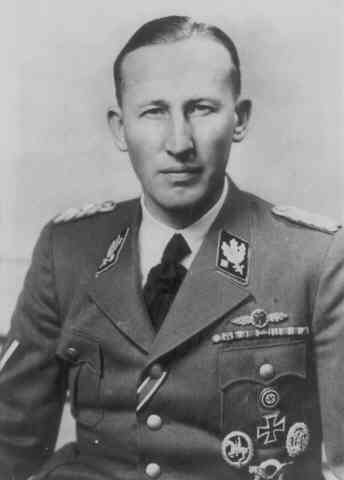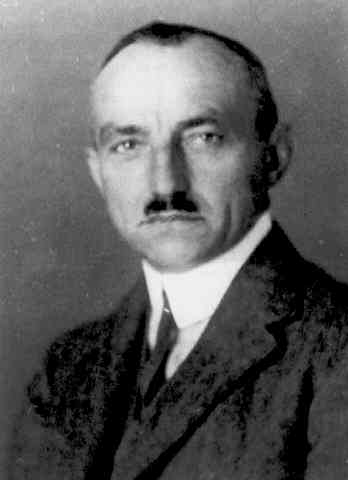
On a wintry Tuesday, January 20, 1942, in the Berlin Villa Am Großen
Wannsee 56 - 58, the Chief of the SS Security Police and Security
Service, Reinhard Heydrich, notified the Nazi government bosses of the
planned deportation and destruction of the Jews of Europe. At this meeting, the
notorious Wannsee Conference, all of the participants offered Heydrich their
full support and cooperation.
Am Großen
Wannsee 56 - 58, the Chief of the SS Security Police and Security
Service, Reinhard Heydrich, notified the Nazi government bosses of the
planned deportation and destruction of the Jews of Europe. At this meeting, the
notorious Wannsee Conference, all of the participants offered Heydrich their
full support and cooperation.
The foundations of the Wannsee Villa and the Holocaust were both laid during the same year, 1914. The First World War, which began in August 1914, was the foundation for the Holocaust. The war and the Versailles Treaty, which the victorious Allies imposed on Germany in 1919, made possible the rise of Adolf Hitler. Had there been no war, Hitler probably would have spent his life as an obscure Munich painter of architectural scenes.
A prosperous Berlin merchant, Ernst Marlier, began building his new Wannsee Villa in 1914. In 1921, the post-war economic problems in Germany forced Marlier to sell the Wannsee Villa to an industrialist, Friedrich Minoux.
Minoux, a tailor’s son, took a lively interest in politics, and developed
plans in 1923 to form a right wing dictatorship. Shortly before the Munich
(Beerhall) Putsch in November 1923, the failed attempt to overthrow the Bavarian
Government, Minoux had established close contact with the principal plotters,
one of whom was Hitler.
and developed
plans in 1923 to form a right wing dictatorship. Shortly before the Munich
(Beerhall) Putsch in November 1923, the failed attempt to overthrow the Bavarian
Government, Minoux had established close contact with the principal plotters,
one of whom was Hitler.
Minoux did not remain a wealthy business figure. In 1938 he was indicted for massively defrauding the Berlin Gas Company, the biggest swindle of the Nazi era. He died of starvation shortly after the victorious Allies released him from Brandenburg Prison in 1945.
In 1940, from his jail cell in Berlin, Minoux sold the Wannsee Villa to a foundation controlled by the SS, called the Stiftung Nordhav. Reinhard Heydrich set up the Nordhav Foundation in 1939, nominally to build "vacation spas" for members of the Nazi security police. In fact, by creating this foundation, Heydrich had formed a highly personal instrument of power.
The Stiftung Nordhav became part of one of history’s cruel ironies. Heydrich and his henchmen plundered the cash to fund the Stiftung Nordhav from German Jews being deported to the east. The money the Nazis stole from these Jews paid for the Wannsee Villa, where the Endlösung (final solution), the mass murder of the Jews of Europe, was announced.
"God will give him blood to drink!" was the curse of a man, hanged for witchcraft, that fell upon the inhabitants of Nathaniel Hawthorne’s House of the Seven Gables. The Wannsee Villa bears a certain eerie resemblance to Hawthorne’s fictional creation, its inhabitants cursed by the evil period of German history to which the house stood witness. In Wannsee House and the Holocaust, the story of the graceful old mansion and its owners is told, alongside the annals of the times, to present aspects of the Holocaust that may be unfamiliar to many English-speaking readers.

